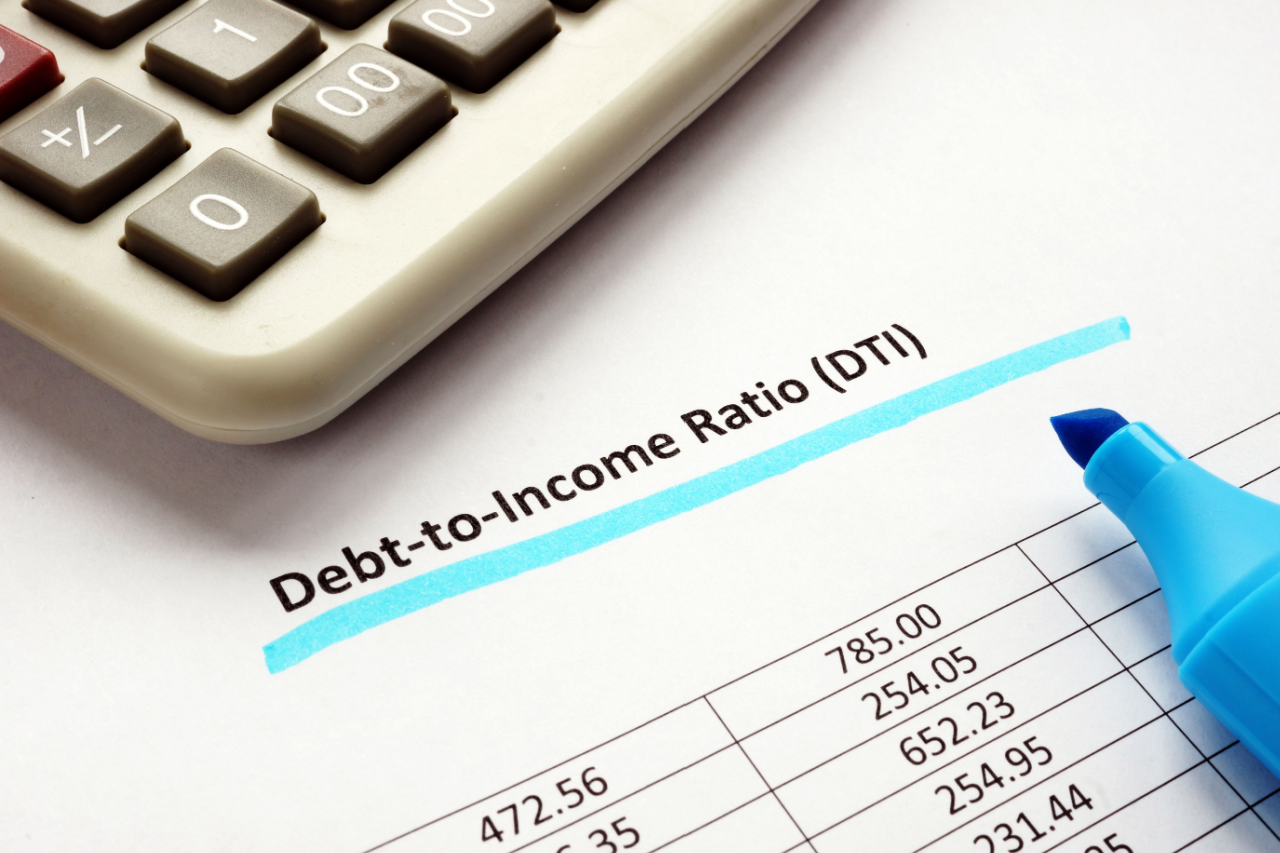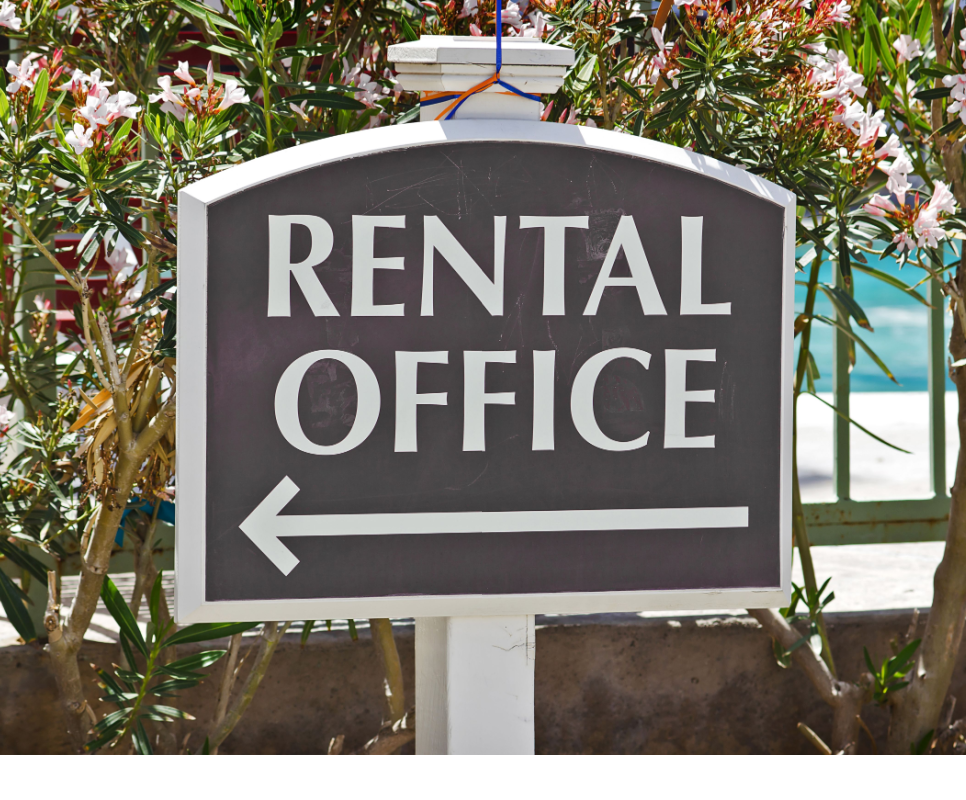5 Rental Property Warning Signs That Will Save You Money
 Let’s say you’ve purchased an investment property that you plan to use as a rental. It’s turnkey-ready and everything looks in order. But… you attend your first homeowners’ association meeting only to find out their rigid restrictions don’t allow for short-term occupants or AirBnB .
Let’s say you’ve purchased an investment property that you plan to use as a rental. It’s turnkey-ready and everything looks in order. But… you attend your first homeowners’ association meeting only to find out their rigid restrictions don’t allow for short-term occupants or AirBnB .
Or imagine a worse scenario: You’ve purchased a foreclosure from an auction, only to realize too late that it’s actually a good-for-nothing second mortgage. The bank holding the first mortgage then announces they’re foreclosing on you -right after you’ve spent tens of thousands on repairs.
Horror stories like these are not uncommon-but you don’t have to become a plot line! To determine the top warning signs that should heighten your antennae when considering buying a rental property, we sought out Ten-X Chief Marketing Officer Rick Sharga.
Here are his top five warnings signs for rental properties:
1. Long-Term Vacancy
Don’t overvalue the property from a purchase price standpoint, and don’t underestimate the repair costs.
“The longer a property sits vacant, the more likely it is to have deteriorated or even been vandalized. In today’s foreclosure climate, depending on where you are buying a property, there are cases where a property has been vacant for a year or more before the foreclosure is finalized, let alone how long it’s been vacant afterward,” Sharga says. “The two biggest mistakes investors make when buying these kinds of properties is they either overvalue the property from a purchase price standpoint or they underestimate the repair costs.”
2. Iffy Neighborhood
Are stores opening or closing? Are people moving in or moving out? Are there grocery stores and restaurants nearby, or is it in a food desert? This is where you consult the experts.
7 Best Funds for a New Rollover IRA Portfolio
“You can look at a neighborhood that at first glance is a little rundown, but what you don’t know is that new families have come in and are investing in fixing up their homes,” Sharga says. “Or you might look at a neighborhood that seems fine, but the unemployment rates have climbed recently, and people have stopped investing in the upkeep of their properties. Be sure to talk to local real estate agents, a title company or an appraiser along with the chamber of commerce to get a handle on the local economy and the housing market. If you are getting what looks like a really good buy on a property, it could actually be an indication that prices in that neighborhood are going down, and it might not be a good place to buy.”
3. Stuck on Market
If the property has been idling on the market for a spell, there’s usually a reason-and it’s not a good one.
“If a property has been on the market a long time, it begs the question ‘Why?’ Is there some problem that isn’t readily apparent? Is it in need of extensive repairs? Is there something fundamentally wrong with the construction of the property? If the price hasn’t moved, it’s probably an indication that you should be able to buy it at a lower price,” Sharga says. “As a buy-to-hold investor, you want to make sure you are not buying above market price. At market value is fine, though, as buy-to-hold investors generally seek most of their returns on cash flows as opposed to price appreciation.”
4. Data Dearth
The more facts and figures you can unearth, the more at ease you’ll feel with your purchase.
“If the property is already an investment property, then an investor should have access to cap rates, maintenance costs, taxes, tenant status and other data to evaluate the deal. If you can’t readily get this information, that raises a red flag. It suggests that someone is trying to hide something from you,” Sharga says. “I would stay away from a property like that. If it were me, I’d want to know who the tenants are. What’s their track record? What are their credit scores? What are the maintenance costs and what is the maintenance history? If you are buying a property with a water heater that is 15 years old, that is useful to know. If the water heater was replaced within the last year, then it probably will be good for a while.”
5. Foreclosed
Were you able to conduct an interior inspection? Check up on the current tenant? Investigate any and all liens on the property? Do all your homework first.
“If you are buying at a courthouse auction, you may have to evict a tenant or the owner, and your ability to do so may be affected by city, state or federal regulations, and may involve redemption rights that allow the foreclosed borrower to buy the property back from you for whatever you paid for it within a certain period of time,” Sharga says. “On top of that, bidders at foreclosure sales are not allowed to inspect the interior of a foreclosure, so they are buying them based only on what they can see from the outside. If that’s not enough, there could be multiple liens on the property, including a first and second mortgage, tax liens and mechanical liens. The title could be cloudy, and the entity selling the property may not even have the right to do so. As an investor, you would do well to spend some money upfront and buy a preliminary title report and consult with a real estate attorney.”
Source: nasdaq.com















 Accessibility
Accessibility